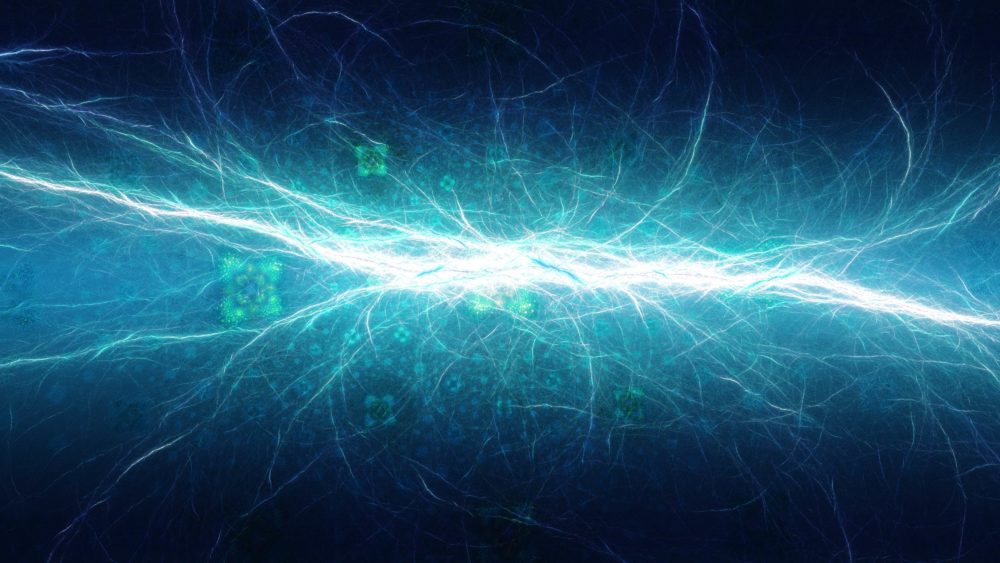BE SURE TO JOIN US ON FACEBOOK!
“The northern lights have long inspired fascination—and, for some indigenous populations, fear.”
What are the Northern Lights and how do they make sounds?
The connection between the Northern Lights and sunspot activity has been suspected since about 1880. Since the 1950’s, research proves that electrons and protons from the sun are blown towards the earth by the ‘solar wind’. (Note: 1957-58 was International Geophysical Year and the atmosphere was studied extensively with balloons, radar, rockets and satellites. Rocket research is still conducted by scientists at Poker Flats, a facility under the direction of the University of Alaska at Fairbanks – see web page http://www.gi.alaska.edu/
If you are in the Northern Hemisphere, these glowing lights are known as the ‘Aurora Borealis’, and if you are in the southern hemisphere, they are known as ‘Aurora Australis’.
What causes these illuminated gaseous clouds to appear in the night skies?
The glowing clouds are produced by electrically charged particles from the sun that collide upon entering earths atmosphere. The aurora produces pinks and greens most commonly, although shades of green, blue, and even red have been documented. Anyone who has actually viewed the northern lights has come away saying “It was beautiful, but eerie “.
The visible green or red glow of the Aurora also creates an intense radio emission that can be converted to sound.
The Aurora Borealis is created by solar wind hitting the earth’s atmosphere. The charged particles of the solar wind are normally deflected away by the shield of Earth’s magnetic field, but some are able to leak into the magnetosphere around the earth, where they are then guided along Earth’s magnetic field to reach deeper into the atmosphere. Here they collide with the oxygen and nitrogen molecules of the air, to produce a luminous green and red glow that is the aurorae (Northern or Southern lights).
These moving charged particles that create the northern lights also produce intense radio emission at very low frequencies. We can ‘hear’ the aurorae as a busy chatter when these radio signals are converted to sound, varying on the real timescale that you can hear.This is an extract from a lecture by Carolin Crawford, Gresham Professor of Astronomy: ‘The Sounds of the Universe’.
The transcript and downloadable versions of the lecture are available from the Gresham College website.
Listen to the SOUNDS of the Aurora !
The latter part of this extraordinary video presentation was filmed by a gentleman named Kwon O Chul who resides in SEOUL, KOREA. Kwon explains what kind of equipment he used for his footage for those who are interested in his technology.
It is real time motion! NOT time-lapse.
Brighter the Aurora, faster the movement. I used Nikon D4, at ISO 6400.
24mm f/1.4G lens at f/2.0 or f/1.4.I also tested Canon 5D mark III same time.
But Nikon D4 was absolutely winner.
Canon 1Dx may have similar quality. (have similar sensor pixel size)Kwon O Chul and he can be reached at http://www.kwonochul.com

Other interests?
Naval Research Lab’s Plasma Clouds… Connected to Chemtrails?
Sources:
Seattle: http://www.seattlemag.com/article/where-see-northern-lights-season
Aurora SOUNDS http://strangesounds.org/2014/08/watch-eerie-northern-lights-real-time-yellowknife-canada.html
End of video filmed by Filmed by Kwon O Chul


The Eskimos report sometimes when the Aurora Borealiscomes close to the ground, it makes an audible sound.
though science says the aurora hardly ever comes close to the ground, much less touching it. and it cannot produce sound.
what the article here states is radio sounds, they must be heard through a radio. of sorts.